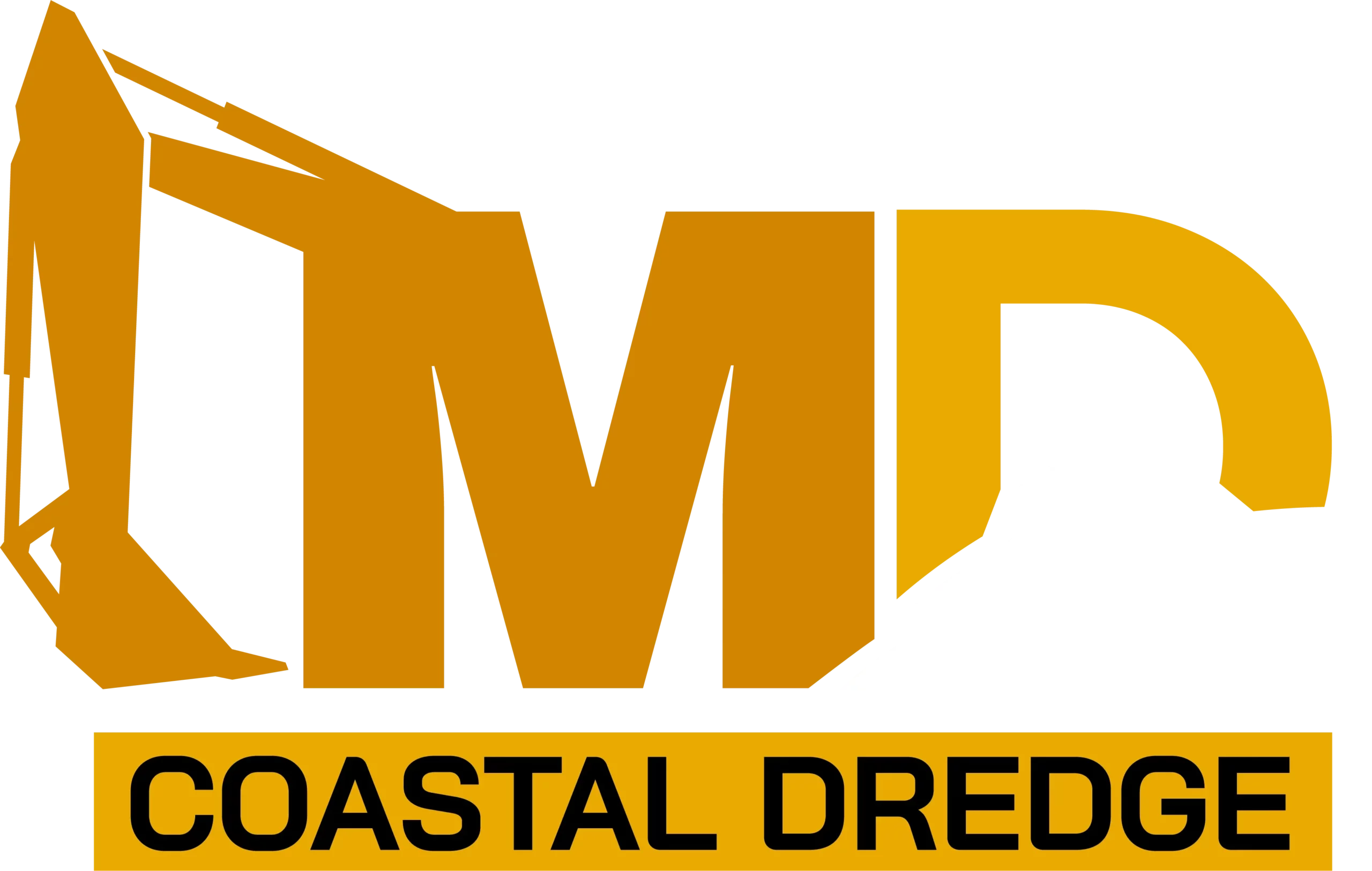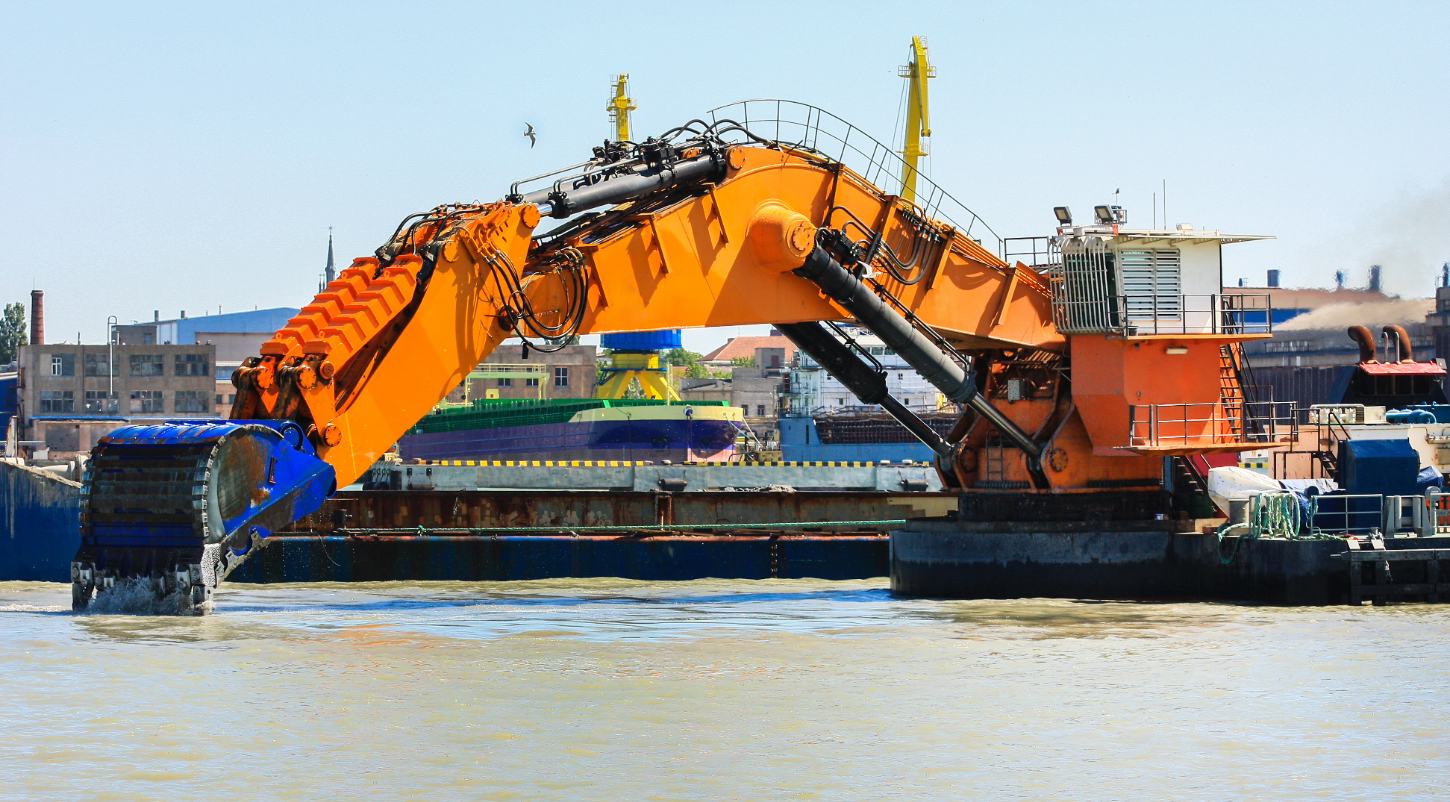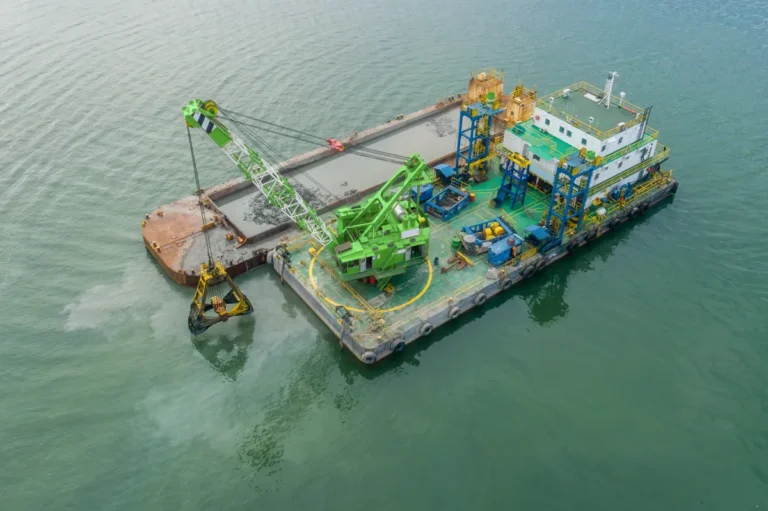As dredging projects grow in complexity and frequency across industries—from environmental remediation to infrastructure development—understanding the full scope of dredge rental expenses is more important than ever. The dredge rental cost isn’t just about the equipment itself; it includes a range of variables like transportation, operator fees, fuel usage, and hidden contractual charges. Whether you’re considering a large-scale dredging operation or a more targeted pond dredge equipment rental, having a detailed breakdown of these cost factors can help you plan smarter, avoid budget overruns, and achieve greater efficiency on-site.
What Influences Dredge Rental Cost?
Understanding the dredge rental cost requires evaluating several critical factors that influence pricing across different types of dredging projects. Whether you’re planning a large-scale marine operation or a smaller pond dredge equipment rental, knowing these variables helps you forecast your expenses accurately.
1. Type and Size of Dredge
The equipment you select is the single biggest contributor to the total dredge rental cost. Larger cutter suction or hydraulic dredges designed for deep or high-volume excavation command higher rental rates than smaller, more compact dredge sleds or auger systems. For example, a compact unit for pond dredge equipment rental may be sufficient for shallow sediment removal, but it won’t perform effectively in industrial-scale mining or port maintenance.
2. Project Duration
Most dredge rental agreements are priced daily, weekly, or monthly, with longer rental terms often offering a lower cost per day. However, the total rental cost increases with project duration. Careful planning can minimize the time required and thus reduce overall expenditure.
3. Site Conditions and Sediment Type
Hard-packed clay, rocky beds, or heavy organic sludge require more powerful equipment and may lead to higher fuel usage and maintenance costs. Conversely, lighter silt or sand in a controlled pond environment typically leads to a more affordable pond dredge equipment rental experience. Accessibility, water depth, and environmental constraints also affect what equipment is suitable and how much it will cost.
4. Equipment Availability and Lead Time
High demand or low availability can impact pricing significantly. If the equipment you need is in short supply or must be sourced from a distant location, you may face premium rental fees or extended mobilization costs. Booking your dredge rental in advance can help mitigate these factors and lock in better rates.
Equipment Costs: Understanding the Rental Basics
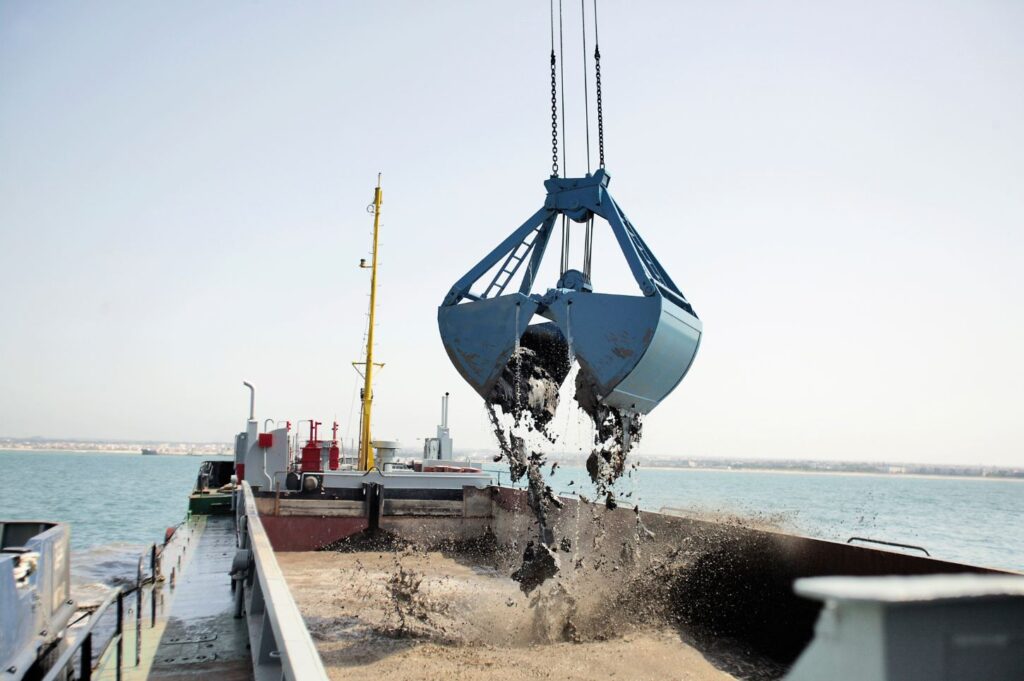
One of the most important components in determining dredge rental cost is the type and specifications of the equipment itself. Selecting the right dredge for your project not only impacts performance but also plays a major role in budget planning.
Types of Dredges Available for Rent
Several dredge types are commonly available for short- or long-term dredge rental, each suited for different applications:
- Cutter suction dredges are ideal for heavy-duty applications where compacted material must be excavated.
- Auger dredges provide precision and are typically used in environmental cleanup or sludge removal.
- Dredge sleds and smaller submersible dredge systems are highly portable and often used for lighter applications, such as pond dredge equipment rental.
When to Choose Pond Dredge Equipment Rental
If you’re dealing with a confined body of water such as a retention pond, golf course lagoon, or small canal, a pond dredge equipment rental offers a more cost-effective and efficient solution. These units are compact, easy to deploy, and capable of removing high volumes of sediment with minimal disruption to the surrounding area.
Dredge Features That Affect Cost
The following equipment specifications can significantly impact your overall dredge rental cost:
- Discharge Diameter: Larger discharge sizes enable faster material movement but typically come with higher rental fees due to increased power requirements.
- Engine Type: Diesel-powered dredges tend to be more powerful but are also louder and less eco-friendly compared to electric alternatives, which are suitable for enclosed or environmentally sensitive areas.
- Solids Handling Capacity: The ability to process a high percentage of solids by weight without clogging or wearing out quickly can influence both the efficiency and cost of a dredge rental.
Typical Pricing Ranges
Rental costs vary based on equipment size and complexity:
- Small-scale projects (e.g., ponds or lagoons): $500–$1,500 per day
- Mid-range operations (e.g., canal or marina maintenance): $2,000–$5,000 per day
- Large industrial projects: $6,000+ per day, depending on dredge size and support requirements
Many providers also offer weekly and monthly dredge rental rates, which reduce the daily cost and are ideal for longer-term operations. Understanding these pricing tiers helps businesses budget more effectively while ensuring they have the right equipment for the job.
Transport and Mobilization Expenses
Transport and mobilization are critical yet often underestimated contributors to the total dredge rental cost. These expenses go beyond just moving equipment—they encompass a range of logistics that can significantly impact both timelines and budgets.
What Mobilization Involves
Mobilization refers to all the activities needed to get a dredge to and from the project site. This typically includes:
- Loading and securing the dredge onto flatbed trailers or barges
- Shipping and transit to the location often involve permits and escorts for oversized loads.
- On-site setup, including assembling auxiliary components like hoses and floats
- Demobilization after the project ends mirrors the setup process in reverse.
Each of these steps is essential and can contribute to overall dredge rental fees, especially for larger or more remote operations.
Distance and Logistical Complexity
The farther the equipment must travel, the higher the transport cost. This is especially true for heavy or oversized dredging systems. Pond dredge equipment rental often involves smaller, modular systems that are easier and cheaper to ship, making them ideal for projects in suburban or semi-remote areas.
Logistical challenges, such as limited road access, narrow passages, or restrictions on delivery times, can also drive up the dredge rental cost due to the need for special handling or additional equipment like cranes or support vessels.
Typical Costs and How to Reduce Them
Mobilization charges are usually structured in two ways:
- Flat-rate fees for local or routine deployments
- Distance-based pricing for longer hauls or complex delivery routes
For larger projects, mobilization can range from a few thousand dollars to $50,000+, depending on location and equipment type. Meanwhile, pond dredge equipment rental typically incurs lower transport costs due to the compact nature of the units.
Tips to Consolidate Mobilization with Other Phases
To minimize transport-related costs:
- Schedule equipment delivery alongside other construction or excavation activities to share freight
- Opt for modular dredges that reduce the need for specialized transport.
- Work with rental providers that offer integrated logistics planning as part of their dredge rental package.
Operational Costs and Support Services
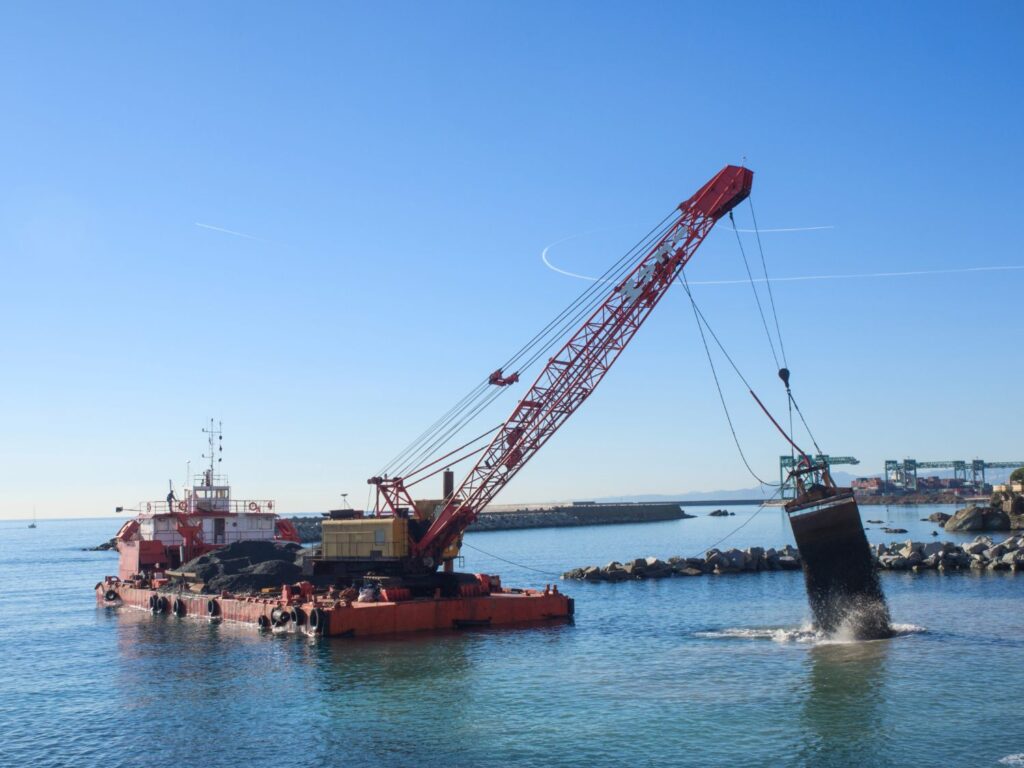
Beyond equipment and transport, operational expenses are a key contributor to the overall dredge rental cost. These costs can vary widely depending on the dredge type, project duration, and whether support services are included or billed separately.
Operator Fees
One of the most significant variables in ongoing dredge rental expenses is labor. Some rental agreements include a certified operator, while others require clients to hire their own. Having an experienced operator bundled with the dredge rental ensures efficient performance and reduces the risk of costly mistakes, but it often comes at a premium. For pond dredge equipment rental, operators may be optional due to the simplified nature of the equipment, making it feasible for in-house teams to manage after brief training.
Fuel, Maintenance, and Consumables
Operational fuel consumption can vary based on engine type (diesel vs. electric), dredging intensity, and run time. In diesel-powered systems, fuel may account for a substantial portion of daily operating costs. Routine maintenance—such as greasing, replacing wear parts, and cleaning—also factors into the overall dredge rental cost. Consumables like oil, filters, and cutting edges should be considered in budgeting, especially for multi-week or high-load projects.
Support Equipment and Accessories
Dredge rentals often require additional components such as:
- Discharge hoses
- Hose floats
- Booster pumps
- Power cables or hydraulic lines
These items may not be included in the base dredge rental price and are typically charged separately. For pond dredge equipment rental, smaller hose lengths and fewer accessories are required, keeping accessory costs relatively low.
Onsite Training and Supervision
To ensure efficient and safe operation, many rental providers offer on-site training or supervision as an add-on service. These options are particularly useful for teams new to dredging or working in environmentally sensitive areas. Although they enhance productivity and safety, they also increase the total dredge rental cost.
Factoring in all operational elements—labor, fuel, accessories, and training—is essential to building an accurate rental budget and avoiding unexpected overruns during a dredging project.
Rental Contract Structure and Hidden Costs
Understanding the fine print of a rental agreement is essential when evaluating the total dredge rental cost. Contracts can contain a range of terms and potential hidden fees that significantly influence your final expenditure, particularly in projects involving specialized or pond dredge equipment rental.
A. Common Terms in Dredge Rental Contracts
Most dredge rental agreements define clear usage parameters. These commonly include:
- Daily operational hour limits (e.g., 8–10 hours/day)
- Overtime clauses, which charge extra for exceeding standard usage
- Penalties for delays in returning the equipment or for unauthorized modifications
These conditions are especially important for projects with unpredictable timelines. For example, exceeding the daily limit can lead to unexpected increases in the dredge rental cost if you’re not tracking operational hours closely.
B. Insurance and Liability
Liability and insurance responsibilities often fall on the renter. Rental companies may require:
- Proof of insurance coverage for equipment damage or loss
- Responsibility for third-party liability during operation
- Coverage for transport-related damages during mobilization or demobilization
Failing to meet these requirements can result in added fees or denied claims in the event of an incident. This applies to all projects, from full-scale dredging to small pond dredge equipment rental operations.
C. Hidden or Overlooked Costs
Several ancillary fees can unexpectedly raise the dredge rental cost if not accounted for:
- Cleaning and decontamination charges upon equipment return
- Repair fees for wear and tear beyond normal use
- Replacement costs for damaged or missing accessories like hoses, floats, or couplings
- Environmental fees, such as the disposal of contaminated sediments or spill mitigation
These costs are often listed in the rental agreement but can be easy to miss without a thorough review. For pond dredge equipment rental, cleaning, and environmental compliance may be less intensive, but it’s still important to confirm what’s included to avoid surprise charges.
By fully understanding the rental contract structure and identifying potential hidden costs upfront, renters can better manage the total dredge rental cost and ensure their project stays on budget.
Tips to Optimize Your Dredge Rental Budget
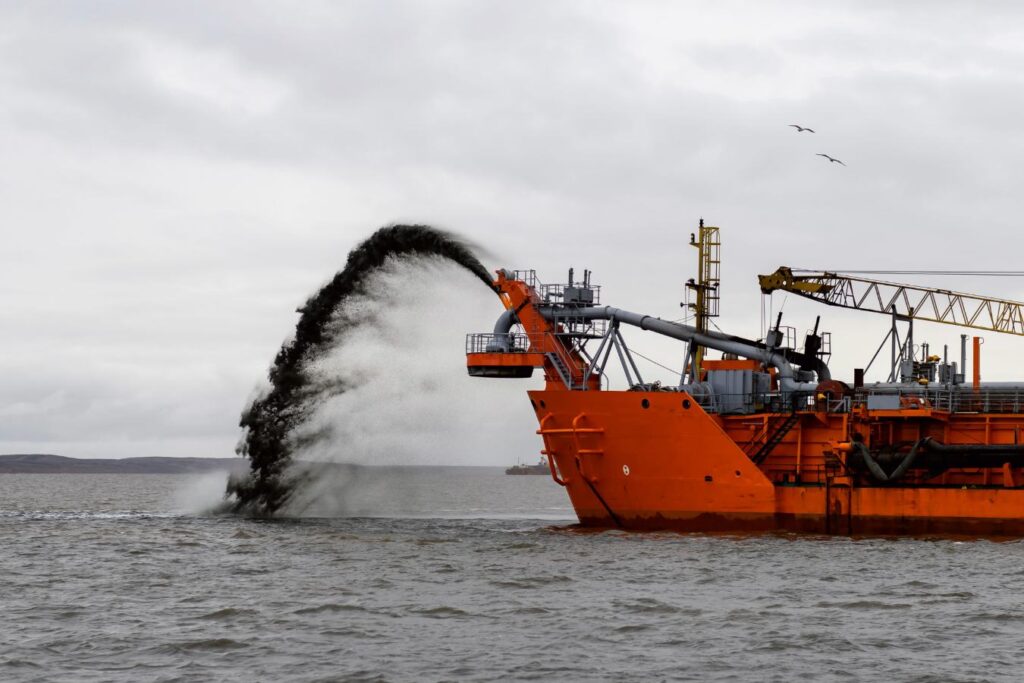
Managing dredge rental cost efficiently requires a strategic approach before, during, and after the rental period. By taking proactive steps, you can avoid unnecessary expenses, ensure operational efficiency, and get the most value out of your dredge rental investment, whether it’s for large-scale infrastructure work or pond dredge equipment rental.
Accurately Define Your Project Scope
A clearly defined scope is the foundation of cost control. Know your project’s objectives, timeline, site conditions, and sediment volume before selecting equipment. This prevents over- or under-renting, which are both common mistakes. For instance, renting a high-capacity dredge for a small pond job can unnecessarily inflate your dredge rental cost.
Choose the Right Dredge Size and Type
Matching the dredge to your specific requirements ensures efficient operation. For confined water bodies or shallow depths, pond dredge equipment rental is typically the most cost-effective choice. In contrast, using undersized equipment for a high-production job may lead to extended timelines and higher operating costs.
Negotiate Service Packages
Many rental providers offer bundled service options that include delivery, operator support, maintenance, and training. Negotiating these packages can significantly reduce the overall dredge rental cost, especially for long-term projects. Ask about discounts for multi-week or multi-month rentals, and look for deals that include accessories like hoses and floats.
Partner with Experienced Rental Providers
Working with a knowledgeable rental company can help you avoid costly mistakes. Experienced providers will recommend the best equipment for your project, streamline logistics, and offer support throughout the rental period. Their expertise is especially valuable for complex operations or first-time renters navigating pond dredge equipment rental scenarios.
By following these strategies, you can keep your dredge rental efficient and cost-effective, making the most of every dollar invested in your dredging project.
Conclusion
Effectively managing your dredge rental cost begins with understanding the key components that drive expenses—equipment selection, transport logistics, operational support, and contract structure. By accurately defining your project scope, choosing the right type of dredge, negotiating value-added services, and partnering with experienced providers, you can optimize every phase of the dredge rental process. Whether it’s a major dredging operation or a localized pond dredge equipment rental, cost transparency and informed decision-making are the keys to maximizing ROI and achieving project success.
